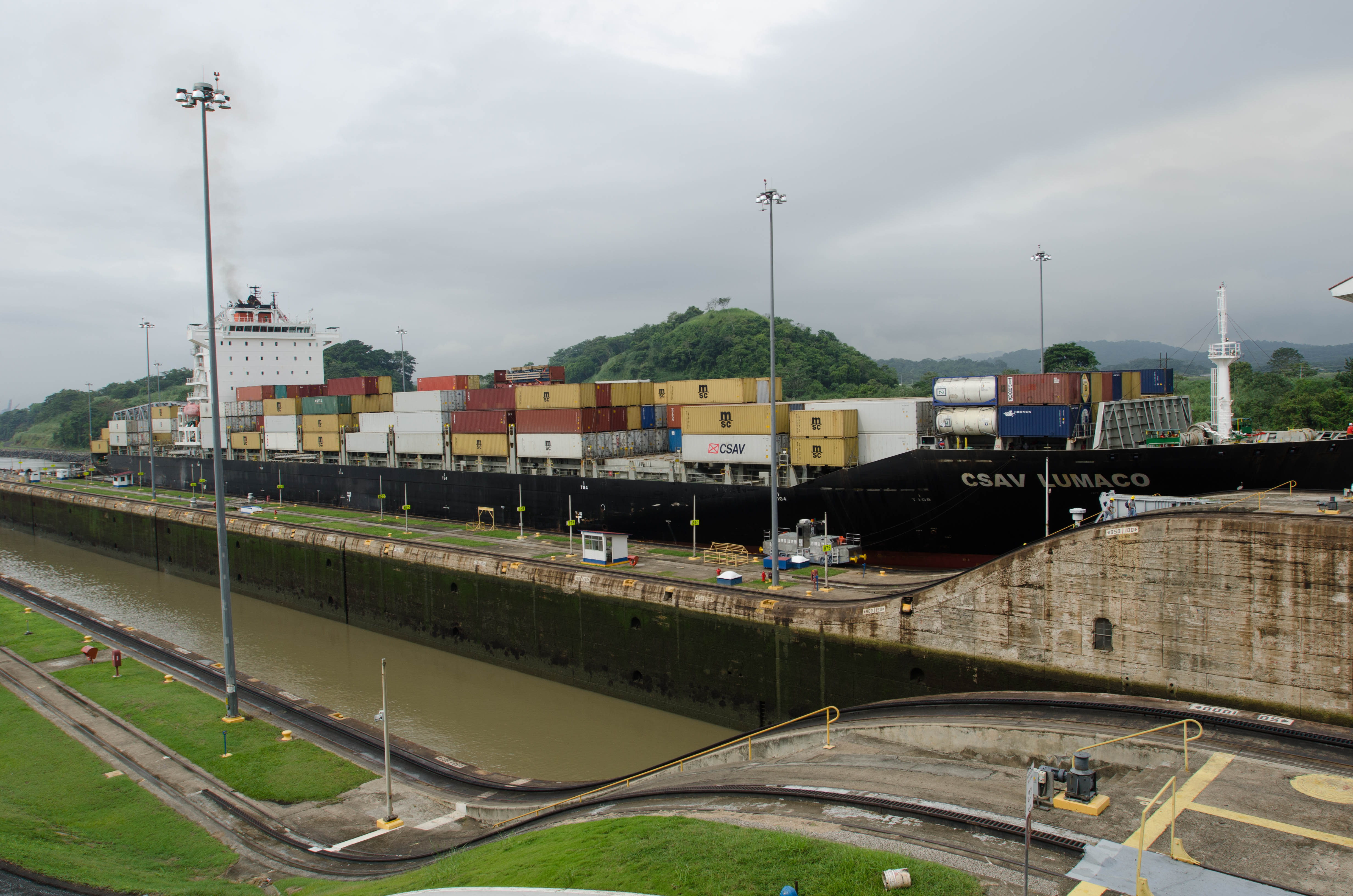
(Photo credit: Iowa Soybean Association)
Bulk ocean freight rates continued to rise in second quarter 2021
July 27, 2021
In second quarter 2021, ocean freight rates for shipping bulk commodities, including grain, continued to rise. The rise was fueled by sustained global optimism from the ongoing reopening of major economies and successful COVID-19 vaccine deployments. Also fueling the rise in rates, major economies, such as China and United States, have continued expansionary monetary policies and in some cases enacted stimulus packages to address the COVID-19 pandemic. Strong movements of grain and other bulk items like coal and iron ore have likewise supported rising ocean freight rates. This article breaks down second quarter ocean freight rates and describes developments around the world that have influenced those rates.
Second-quarter ocean freight rates for shipping a metric ton (mt) of grain from the U.S. Gulf to Japan averaged $65.94—26 percent more than the previous quarter (quarter to quarter), 82 percent more than the same period last year (year to year), and 64 percent more than the 4-year average. The cost of shipping from the Pacific Northwest (PNW) to Japan averaged $38.34 per mt—up 28 percent quarter to quarter, up 102 percent year to year, and 77 percent more than the 4-year average. On average, shipping grain from the U.S. Gulf to Europe cost $23.19 per mt in the second quarter, up 17 percent quarter to quarter, up 76 percent year to year, and up 43 percent from the 4-year average. The spread—i.e., the difference between the U.S. Gulf and PNW-to-Japan rates—was also up quarter to quarter, year to year, and from the 4-year average.
Although weather-related uncertainty in Australia and Brazil somewhat suppressed demand for Panamax and Supramax vessels, April ocean freight rates increased slightly from March. Significantly supporting rate increases throughout the quarter, China’s iron ore imports remained strong, driven by increased construction and manufacturing activities.
Sustained high demand for iron ore, in both China and Europe, contributed to a sharp rise in ocean freight rates in May. Adding to May demand for vessels, iron ore supply from Brazil improved: the repair of a collapsed dam powering a major iron mine allowed production to recover. Similarly, in May, improved supply of soybeans from Brazil and strong grain exports from Australia continued to boost the demand for vessels.
Also, in second quarter 2021, rising coal exports from Columbia reflected the restoration of the coal supply chain from a protracted labor dispute spanning nearly the last 4 months of 2020. In June, peak summer season in India and other Asian countries drove the demand for electricity, which boosted import demand for coal and non-coking coal. After labor disputes in Argentina were resolved in May, a restored corn supply chain in the second quarter raised the country’s June corn exports. For all of these commodities, higher movements and rising demand for vessels to transport them also contributed to high ocean freight rates.
Shifting global export patterns. Beyond receiving support from strong commodity movements internationally, the demand for vessels—especially Capesize, Panamax, and Supramax—has risen with shifting export patterns. In one such shift, Australia’s exports were diverted from China to farther destinations, such as Saudi Arabia. This new export pattern has added to ton-mile demand and lengthened vessel turnaround, thereby shrinking supply and availability (and pushing up rates). 1 According to the May 2021 edition of Shipping Insight by Drewry, Australia exported close to 1.7 million tons of grain to Saudi Arabia in the first 2 months of 2021, compared to 0.2 million tons during the same period in 2020. In second quarter 2021, grain movements from Australia to Saudi Arabia and other Middle Eastern countries continued to rise.
Since halting coal imports from Australia in October 2020, China has significantly increased its imports from the United States, Canada, Colombia, Russia, and South Africa, thereby boosting ton-mile demand. Collectively, these countries contributed 10 percent of China’s total coal imports in first quarter 2020—a share that rose to 24 percent in first quarter 2021 and is expected to continue rising throughout 2021 (according to Drewry). If this share of the long-haul trade continues to rise, more dry bulk vessels will be employed for longer duration, generating additional demand and putting upward pressure on rates.
As of July 8, 2021, the ocean freight rate from the U.S. Gulf to Japan was $85.00 per mt of grain, 97 percent higher than the first available rate in the beginning of the year and 115 percent higher than the same period a year ago. The rate from PNW to Japan was $46.25 per mt, 89 percent higher than the beginning of the year and 120 percent higher than a year ago. These rates were at their highest levels since September 19, 2008. According to Drewry, congestion at Chinese ports continues to squeeze vessel supply and put upward pressure on ocean freight rates. Other rate-raising factors already cited—such as shifting export patterns (more long-haul shipments) and high demand for iron ore imports by China and Europe—will also likely continue, at least in the near term. However, there is at least one reliable moderating effect that could exert downward pressure on rates: during periods of high ocean freight rates, owners are more likely to recall vessels from idling and to decrease scrapping or retirement of older vessels, thereby increasing vessel supply.
Source: U.S. Department of Agriculture
Back